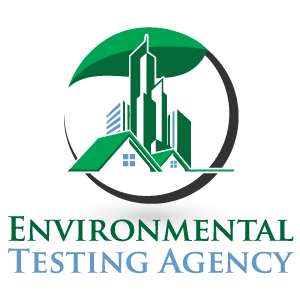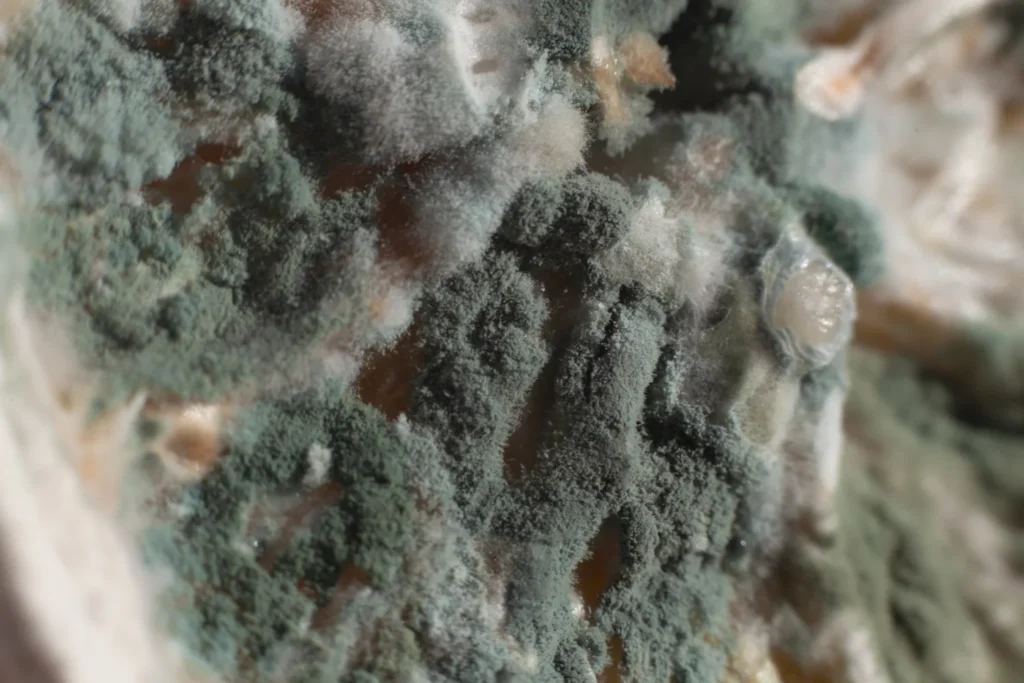Commercial Buildings: Expert Mold Testing in Florida
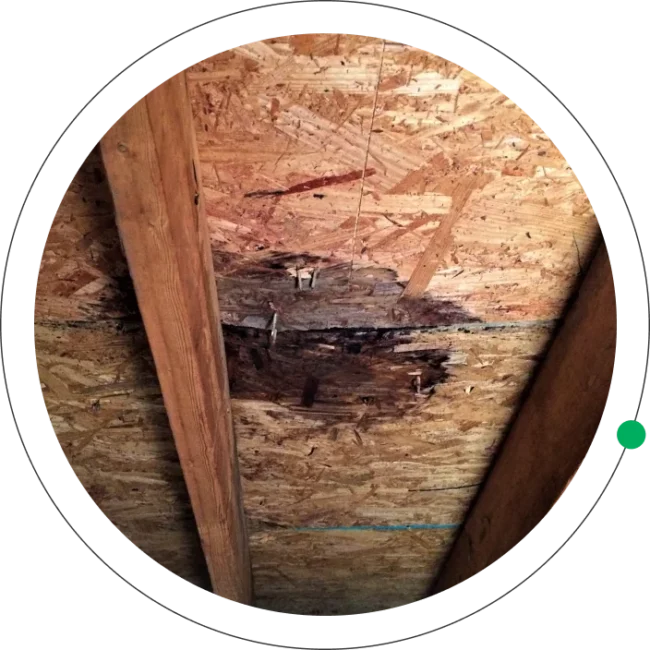
Why are commercial buildings places prone to mold growth?
Commercial mold refers to mold that grows in business environments like offices, warehouses, retail stores, and other commercial spaces. Mold can easily develop in these areas due to factors like high humidity, poor ventilation, and water leaks. In Florida, where humidity is always a concern, mold problems can quickly get out of hand if not managed properly.
Florida’s warm and humid climate provides an ideal environment for mold to grow. In commercial buildings, this can lead to various issues. Mold often hides in places that are difficult to inspect, like air ducts, behind walls, and under floors, making it tough to detect until it’s too late. Once mold starts growing, it can spread fast, affecting the building’s structure and air quality.
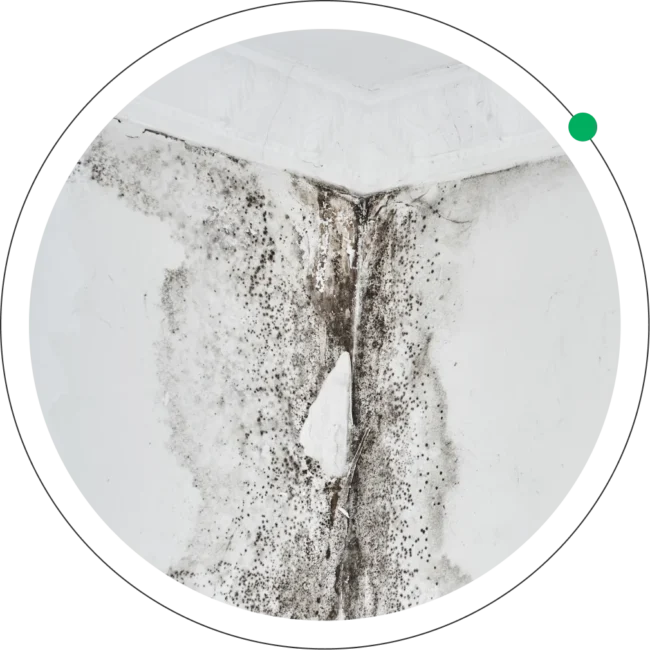
Signs You Need Mold Testing
for Your Business

Musty Odor
A strong, musty smell often indicates hidden mold.

Visible Mold
Mold on walls, ceilings, or floors is a clear indicator that you need an inspection.

Water Damage
If your building has had leaks, flooding, or other water issues, mold could be growing.

Excessive Humidity
Persistent high humidity levels, often felt as ‘stuffy’ air or seen as condensation on windows.

Health Complaints
If employees or visitors are experiencing sneezing, coughing, or itchy eyes, mold could be affecting their health.

Peeling Wallpaper or Paint
Peeling or bubbling paint or wallpaper might indicate trapped moisture and possible mold growth behind it.

Deterioration of Building Materials
Warping or degradation of wood and other materials that may indicate moisture problems.
Tips to Identify Commercial Mold:
The Role of Mold Testing
- Regularly check common problem areas like basements, bathrooms, kitchens, and around HVAC units.
- Look for water stains or discolorations on ceiling tiles and walls.
- Be aware of persistent musty or earthy odors throughout the building.
- Keep track of health complaints from occupants, particularly related to respiratory issues or allergies.
- Monitor humidity levels and look for condensation on windows or pipes.
- Schedule regular inspections by mold professionals to assess risk areas and air quality.
- Review maintenance logs for recurring water issues or HVAC problems.
Regularly inspecting your closet and maintaining proper ventilation, insulation,
Regular maintenance, immediate attention to spills and leaks, and ensuring proper ventilation can help prevent mold growth in carpeted areas.
Preventing Commercial Mold: When to Use Mold Testing

Ensure Adequate Ventilation
- Maintain and regularly inspect HVAC systems to ensure proper air circulation and filtration.
- Keep indoor humidity between 30% and 50% with dehumidifiers or air conditioners.

Moisture Control
- Quickly address leaks and spills to prevent moisture accumulation.
- Routinely check plumbing and roofing for signs of potential water ingress.
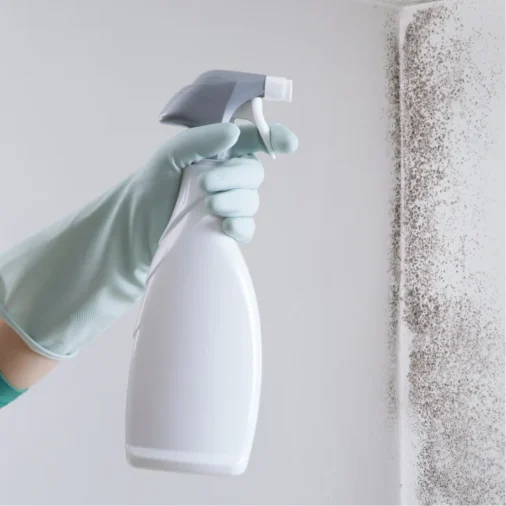
Regular Cleaning and Maintenance
- Implement a cleaning schedule that ensures regular cleaning on carpets and upholstery to avoid moisture buildup.
- Ensure that janitorial staff are trained to recognize and report signs of mold.
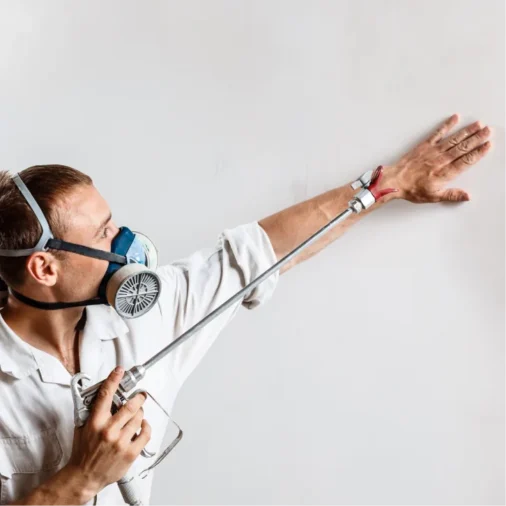
Proper Material Use and Storage
- Avoid storing materials that can easily retain moisture, like cardboard, in areas prone to dampness.
- Use mold-resistant paint and building materials in renovations.

Employee Training and Policies
- Educate employees on the importance of mold prevention and the procedures for reporting potential mold issues.
- Establish clear protocols for responding to water incidents and mold discoveries.
Choose ETA for Expert Mold Testing
Choosing ETA Mold for your commercial mold inspection and testing in Florida is a smart move. Our experienced team knows how to handle the unique challenges of commercial properties. We offer thorough inspections, using advanced tools to check for mold, moisture, and air quality issues, ensuring nothing is missed. Our certified professionals provide accurate and reliable results, following industry standards for mold testing.
Professional Mold Inspection & Air
Quality Testing Services in South Florida.
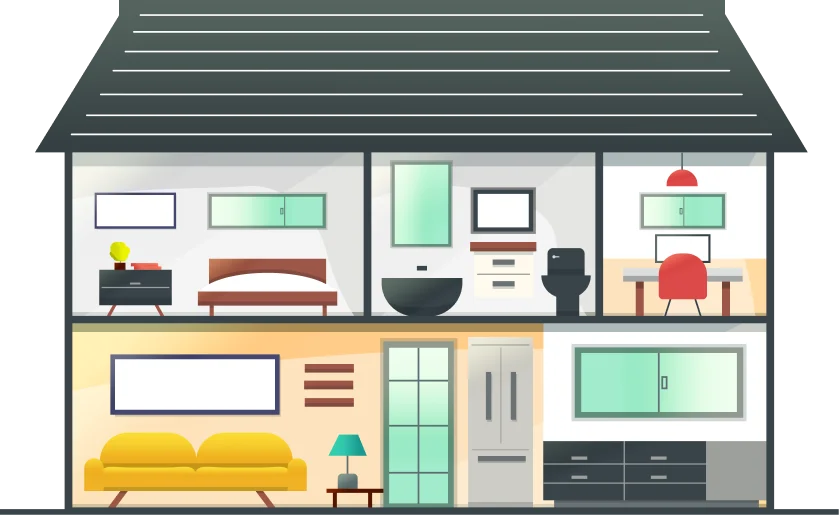
The Mold Testing & Inspection Process

DETECTION
We’ll discover the source of infrastructure damage. This is imperative and also the first step in our process.

TESTING
All samples are sent to an accredited laboratory for mold testing. Our labs ensure that you receive the most accurate results possible..

ASSESSMENT
Our certified assessors provide a comprehensive report with lab analysis, detailing the findings and next steps. Mold testing gives you a clear understanding of your situation.

Why Choose Environmental
Testing Agency?
Our team is comprised of industry-certified experts with extensive knowledge and experience in environmental testing. We utilize the latest technology and methodologies to ensure accurate and reliable results, making us leaders in the field.
Expertise
We are committed to providing exceptional customer service. Our team is responsive, thorough, and dedicated to assisting clients through every step of the testing process. We prioritize clear communication and tailored solutions to meet your specific needs.
Customer Service
Quality is at the core of everything we do. From rigorous testing procedures to detailed reporting, we ensure that all services meet the highest standards. Our commitment to quality helps clients make informed decisions based on dependable data.
Quality
Licensed, Certified,
and Insured Mold Inspection
and Air Quality Testing Company.

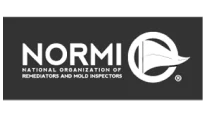



Before Booking an Air Quality Test
and Mold inspection Services
Receive $50 off!

Commercial Mold FAQ’S
A commercial mold inspection is a careful check of your property to find any mold and see how bad it is. We look for visible mold, measure moisture levels, and sometimes take air or surface samples to analyze.
The time it takes for a mold inspection can vary. It usually lasts from a few hours to a full day, depending on your property’s size and the inspection’s complexity. We’ll let you know how long it will take when we schedule your inspection.
During mold testing, we gather air and surface samples from different parts of your property. We send these samples to a certified lab to find out what types and amounts of mold are present. This helps us make a detailed report on what we find.
It’s a good idea to get regular mold inspections, especially if your property has moisture issues or has had water damage. An inspection once a year can help catch any potential mold problems early.
To find hidden mold, we use special tools like moisture meters and thermal imaging cameras. These tools help us spot areas with high moisture or unusual temperature changes that might indicate mold behind walls or under floors.
Even if you can see mold, testing can give us more information about the types and amounts of mold present. This helps us understand the problem better and plan the best way to address it.
Yes, mold can damage building materials over time, weakening things like wood and drywall. This can lead to expensive repairs. Addressing mold issues quickly helps prevent structural damage and keeps your property in good condition.
It usually takes a few days to a week to get results from the lab. Once we have the results, we’ll provide you with a detailed report explaining what we found and any recommendations.
In commercial properties, we often find mold types like Aspergillus, Cladosporium, Penicillium, and Stachybotrys (black mold). Each type has its characteristics and health effects, which we can help identify during our inspection.
If you suspect mold, it’s important to schedule an inspection as soon as possible. In the meantime, avoid disturbing the suspected areas to prevent the spreading of mold spores.
Areas We Serve
In Florida
1. Miami Dade
- Coral Gables
- Coconut Grove
- Miami Beach
- Star, Palm & Hibiscus Island
- Key Biscayne
- Keystone Islands
- San Souci
- Miami Shores
- Pinecrest
- Brickel
- Bal Harbor
- Bay Harbor Islands
- Indian Creek
- Surfside
- Eastern Shores
- Sunny Isles
- Aventura
- Golden Isles
- Golden Beach
- The Roads
2. Broward
3.Palm Beach
- Royal Palm Beach
- Lake Worth
- Lantana
- Boca Raton
- Boynton Beach
- Manalapan
- Singer Island
- South Palm Beach
- North Palm Beach
- Tequesta
- Highland Beach
- Ocean Ridge
- Country Club Acres
1. Miami Dade
- Coral Gables
- Coconut Grove
- Miami Beach
- Star, Palm & Hibiscus Island
- Key Biscayne
- Keystone Islands
- San Souci
- Miami Shores
- Pinecrest
- Brickel
- Bal Harbor
- Bay Harbor Islands
- Indian Creek
- Surfside
- Eastern Shores
- Sunny Isles
- Aventura
- Golden Isles
- Golden Beach
- The Roads
2. Broward
- Bonaventure
- Hallandale
- Miramar
- Hillsboro Beach
- North Lauderdale
- Coconut Creek
- Hollywood
- Sea Ranch Lakes
- Oakland Park
- Sunrise
- Coral Springs
- Parkland
- Dania
- Lauderdale By The Sea
- Pembroke Park
- Tamarac
- Davie
- Pembroke Pines
- University Park
- Deerfield Beach
- Plantation
- Weston
- Fort Lauderdale
- Lighthouse Point
- Pompano Beach
- Wilton Manors
3. Palm Beach
- Royal Palm Beach
- Lake Worth
- Lantana
- Boca Raton
- Boynton Beach
- Manalapan
- Singer Island
- South Palm Beach
- North Palm Beach
- Tequesta
- Highland Beach
- Ocean Ridge
- Country Club Acres
- Jupiter
- Palm Beach
- Jupiter Inlet Colony
- Palm Beach Gardens
- Wellington
- Jupiter Island
- Palm Beach Shores
- Delray Beach
- Palm Springs
- Lake Clarke Shores
- Pelican Lake
- West Palm Beach

